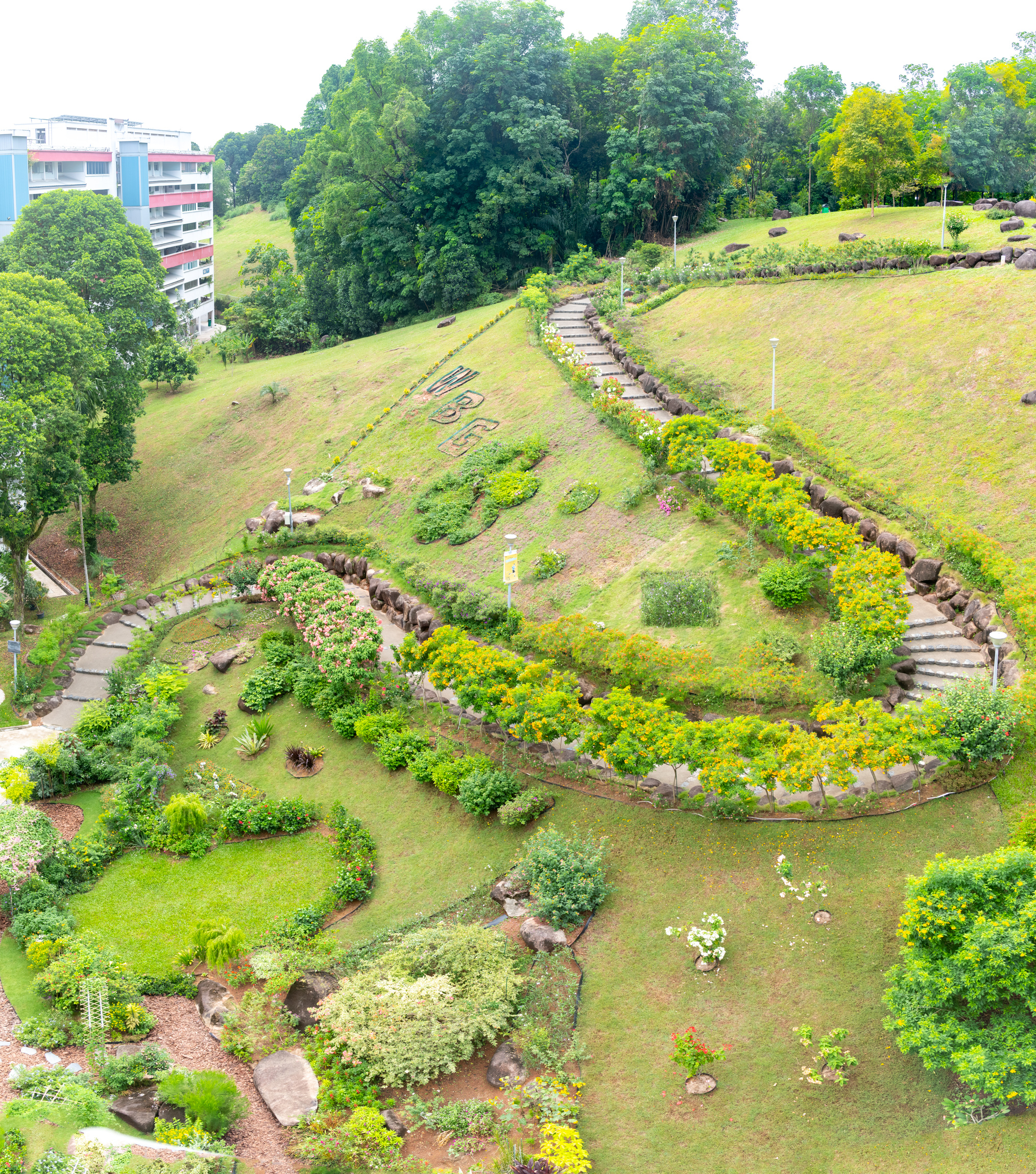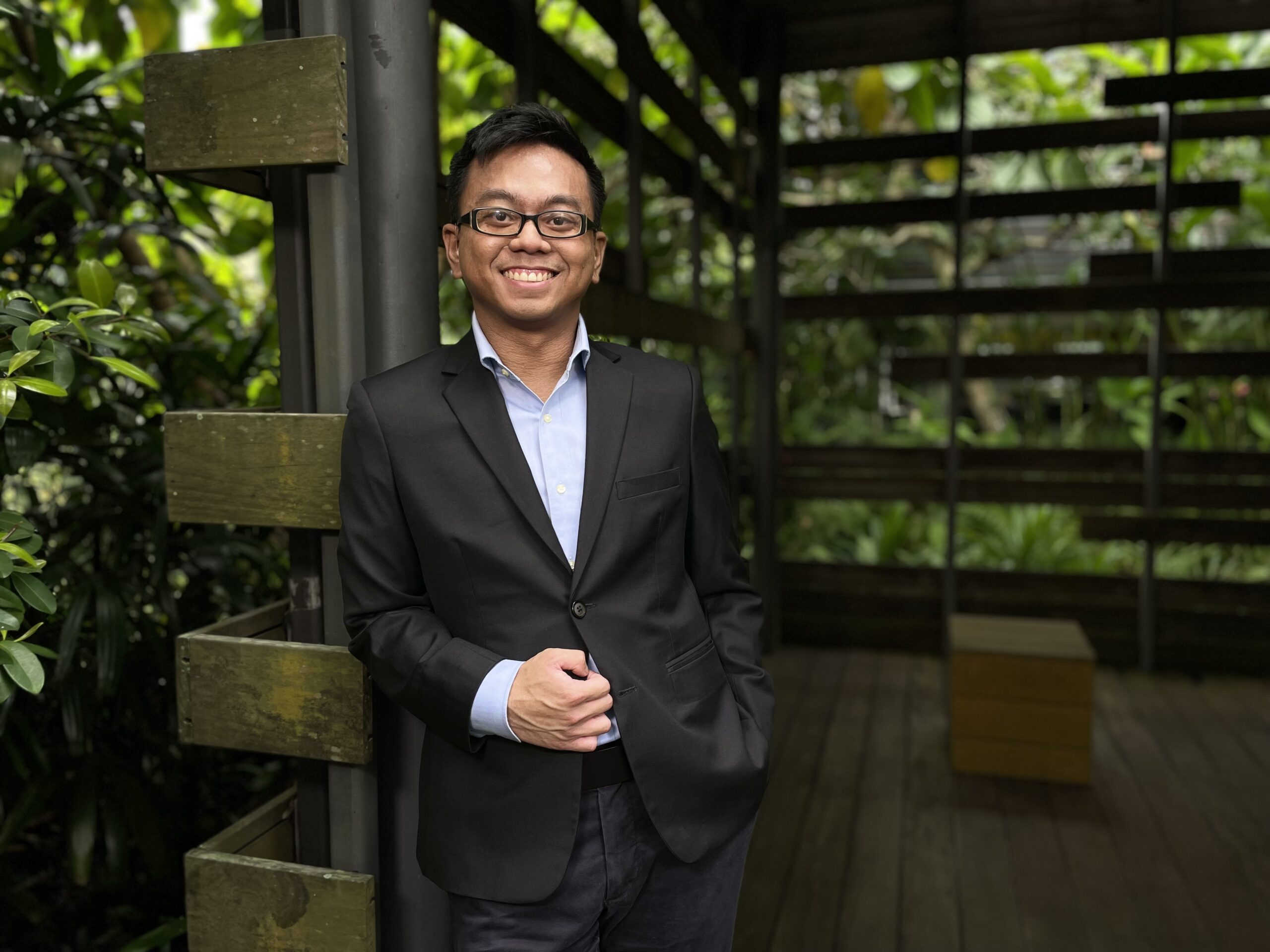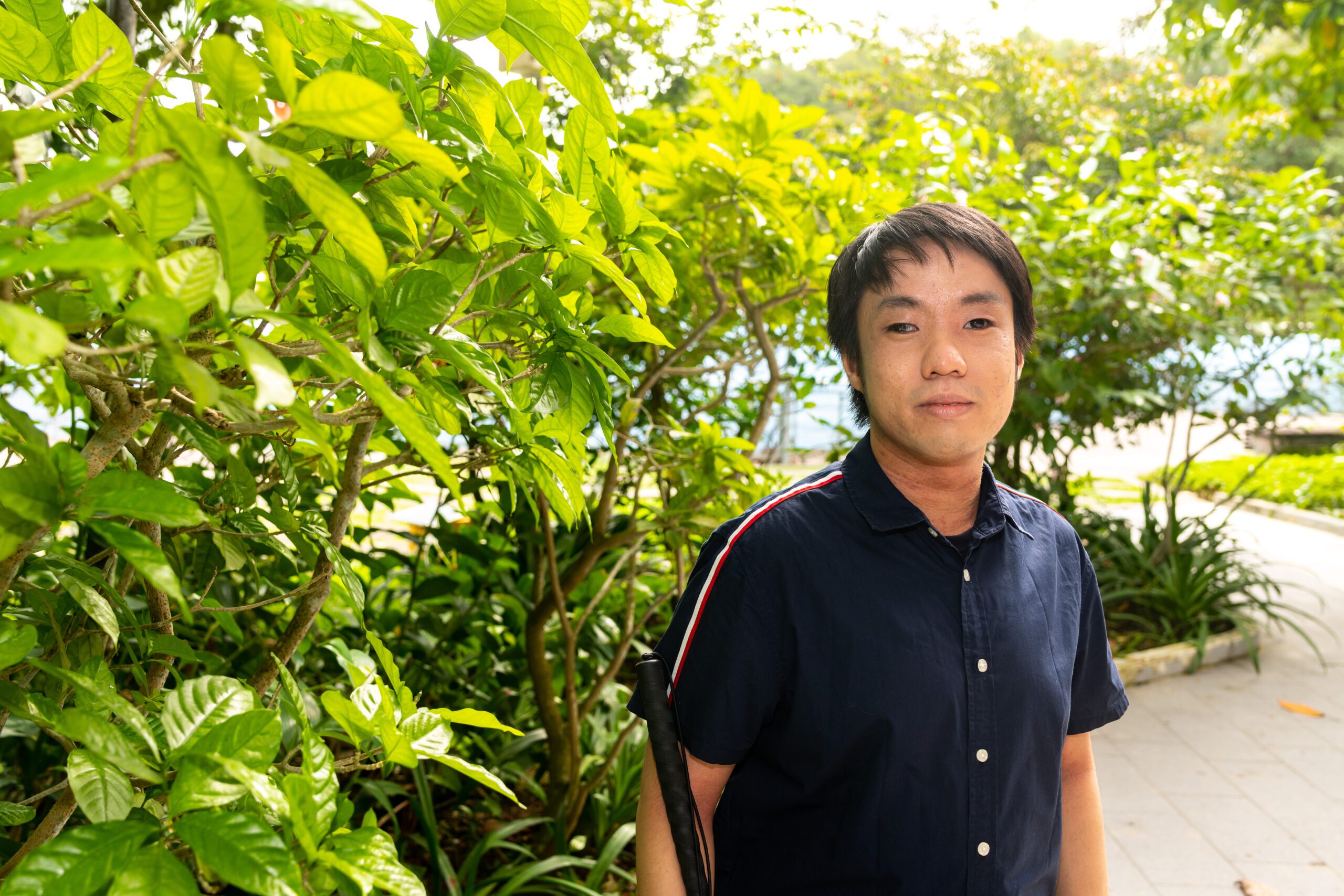Ganesh, tell us about your passion for gardening.
My grandparents and parents were the ones responsible for instilling in me a love of gardening. It was a weekend activity for us. What I derive from gardening is more than happiness; it’s the feeling of amazement. I find that no humans can create what nature can create so flawlessly. Just take a flower and examine its combination of colours: the gradience from red to orange, or the fading of a red centre to purple edge. Gardening cultivates patience: you plant a seed today and you have to wait three months for the first flower. The biggest mistake we can make as gardeners is to think we’re in charge. Each plant does what it does — we can mould children into good citizens, or teach our pets how to behave, but we cannot dictate that with plants. Through gardening, we learn that there is something bigger than us. We cannot control everything in our lives. We just have to know that good things will come our way if we wait patiently.
How did Woodlands Botanical Garden take root?
According to the older folks who have lived here for decades, this site used to be an old army camp. There are even claims that there are secret bunkers here — I cannot ascertain the veracity, as I’ve yet to come across them, but I sure hope to find them one day. The north face of the hill was at first filled with grass. Unkempt weeds peeked out of boulders. On the gentler slope of the hill, I planted a few golden tecomas amidst the lalang that were already growing. That was in March 2020. They were barely knee height back then and were easily missed. Slowly, we planted more cuttings that I bought from nurseries. As I already lead the garden at my university hall, I had connections and could bring in unique flowers to enliven the space. When we first began, there was no water source, so my father, ex-helper and I had to use trolleys to lug jerry cans of water up the slope every day. Just watering alone took us about an hour and a half; on hot days we would water the plants up to three times.
Given that Singapore is a strict country, how did you bypass the inimical laws and pull this off?
One day, I got a message that the NParks team would like to meet me and visit the garden. The officer informed me that I was in fact not allowed to do any gardening work here, as the area was a public space that belonged to the government. I initially didn’t know that it was so stringent: there were already other plants scattered throughout on the other side of the hill. I urged him to take a look at the garden, which by this time spanned about ten metres long and had fifteen types of plants. Where once it was just a bleak slope, now there was so much life. When the flowers opened in the mornings, a multitude of butterflies and bees came to feed on their nectar. The presence of dragonflies was also an indicator of how clean and fresh the water was. Birds were weaving their nests and laying their eggs here: they trusted our space.
I shared with the officer how I coordinated the arrangement of the flowers by colour, and how I chose plants that are suitable for Singapore’s hot weather. I also shared with him my vision: every country has her own unique plants and flowers and my goal is for this garden to be a showcase of Singapore’s unique flora. Malaysia has the beautiful Cameron Highlands, why can’t Singapore have something similar? After our chat, NParks got me to come up with an official proposal, which was subsequently approved. I think I had proven that I was not just some hobbyist but someone who knew what he was doing. I’m indebted to NParks for being so magnanimous, entrusting me with this space and supporting me. And with the official green light, my father, ex-helper and I hunkered down and brought to life our vision. Row by row, plot by plot, we expanded our garden.
The residents also wrote to our minister Mr Zaqy Mohamad to help us obtain a water source. Very soon, it became a community effort. Support came from members of the silver generation — these eighty-year-old retirees helped us to set up an irrigation system that goes from the base to the summit of the hill as well as build structures and trellises. After we were recognised by Resident’s Network as a community garden, we were able to set up a volunteer group. Today, we have gardeners who help with watering, pruning, clearing the weeds and maintaining the overall cleanliness of the space.
Japan is famed for her cherry blossoms and New Zealand for her fields of lupins. This garden, with its panoply of vibrant flowers, feels like a microcosm of these world-famous sites.
It makes me very happy to hear that. Minister Lawrence Wong paid us a visit and in a post he compared the garden to Singapore Botanical Gardens. It was a very proud moment for us: that our humble space can be compared to a UNESCO site.




